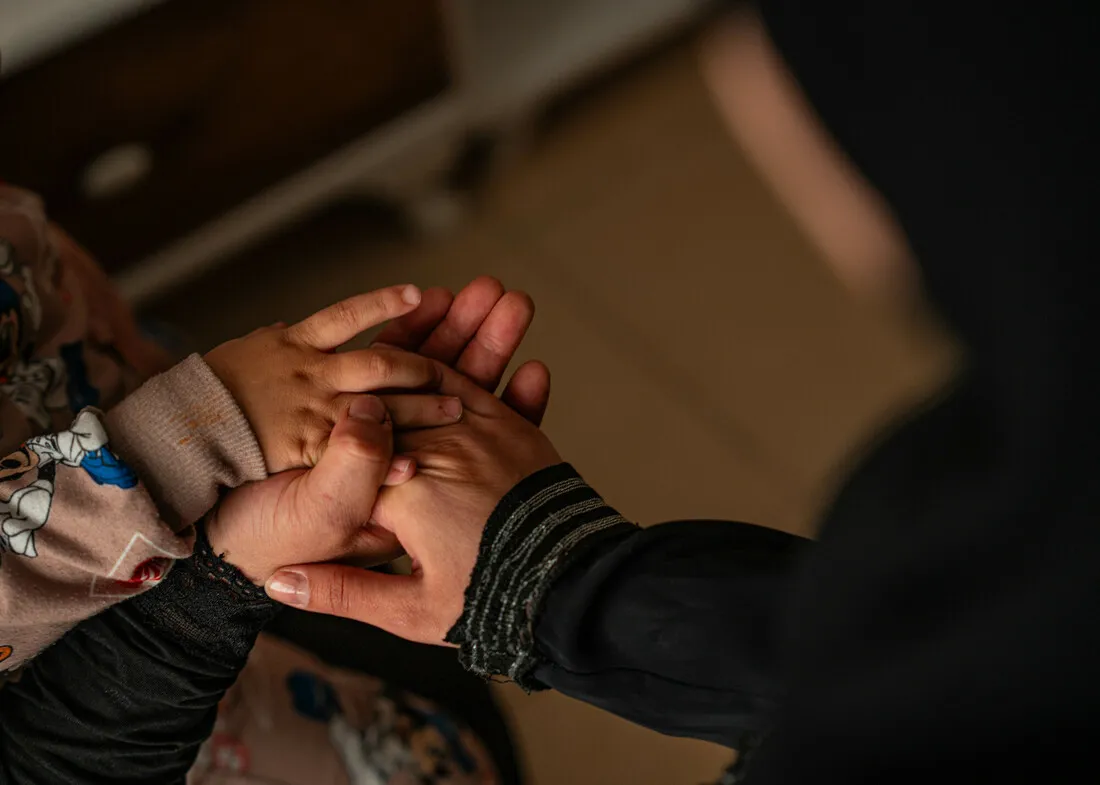For over two decades, CARE has been addressing the root causes driving violence against women and girls (VAWG) and supporting survivors. CARE’s Vision 2030 Strategy for a shared future puts forward a goal that 50 million women and girls experience greater equality — including eliminating violence, and increasing women and girls’ voice, leadership, and education. CARE works to address multiple forms of violence, including:
- Domestic violence / Intimate partner violence
- Sexual violence, harassment, exploitation, and abuse
- Child, early, and forced marriage, and other harmful traditional practices
- Economic exploitation and exclusion of women and girls
Rates of VAWG around the world rose dramatically during the COVID-19 pandemic. Fueled by the food crisis, this issue continues to worsen as a result of the compounding challenges of environmental change, conflict, lack of resources, and increased costs.

